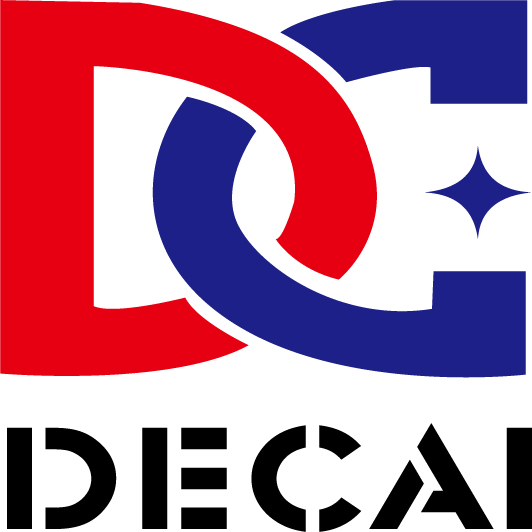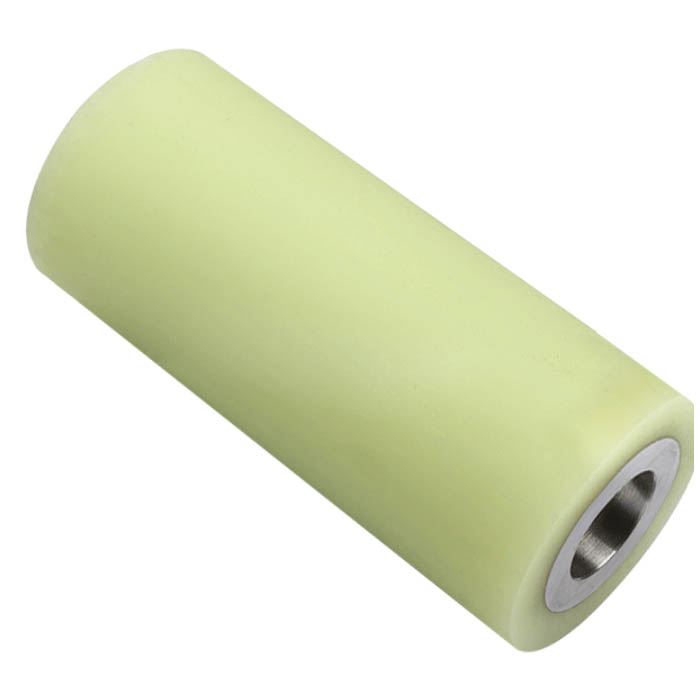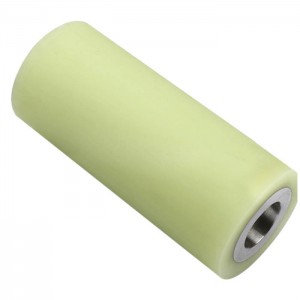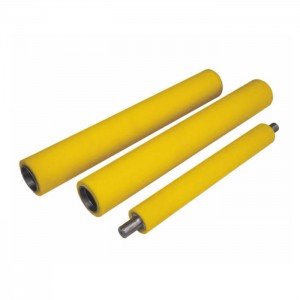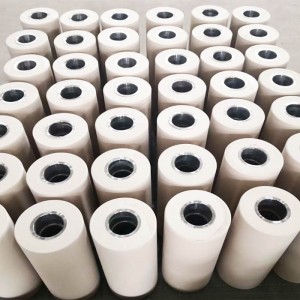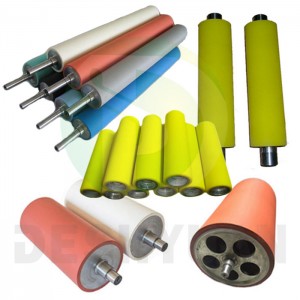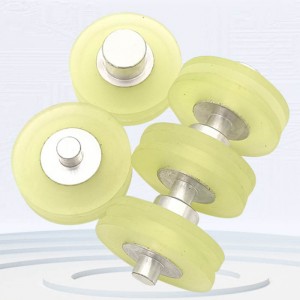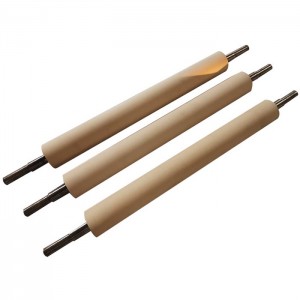Nitrile rubber roller for plastic pellet machine
Various specifications of plastic pelletizing machine rubber rollers, nitrile rubber rollers.
Nitrile-butadiene rubber (NBR) is a copolymer of acrylonitrile and butadiene monomers. It is mainly produced by low-temperature emulsion polymerization. It has excellent oil resistance, high wear resistance, good heat resistance and viscosity Relay is strong.


Nitrile rubber is mainly used in the manufacture of oil-resistant rubber products. There are five kinds of acrylonitrile content (%) in nitrile rubber, such as 42-46, 36-41, 31-35, 25-30, 18-24. The higher the acrylonitrile content, the better the oil resistance, but the corresponding decrease in the cold resistance. It can be used in air at 120℃ or in oil at 150℃ for a long time. In addition, it also has good water resistance, air tightness and excellent bonding properties. It is widely used to make various oil-resistant rubber products, various oil-resistant gaskets, gaskets, casings, flexible packaging, soft rubber hoses, printing and dyeing rubber rollers, cable rubber materials, etc. It has become indispensable in the automotive, aviation, petroleum, photocopying and other industries elastic material.

The application of polyurethane rubber rollers began in the early 1980s, and thereafter market demand has increased. The spare parts of polyurethane rubber rollers in the equipment introduced in the papermaking, steel, printing and dyeing, textile and other industries are in urgent need of localization, such as the cold rolling production line, which accounts for 1/3 of the total number of rubber rollers, and the amount is quite objective. In technological transformation and technological innovation, it is urgently needed to replace ordinary rubber rollers to increase production efficiency and save energy consumption. For example, the cost of removing 1kg of water from the drying part of a paper machine is about 10 times higher than that of the pressing part. The roller surface material is made of polyurethane rubber instead of natural rubber, and the linear pressure it bears can be increased by 2 to 3 times, which increases the dehydration rate of the paper.
